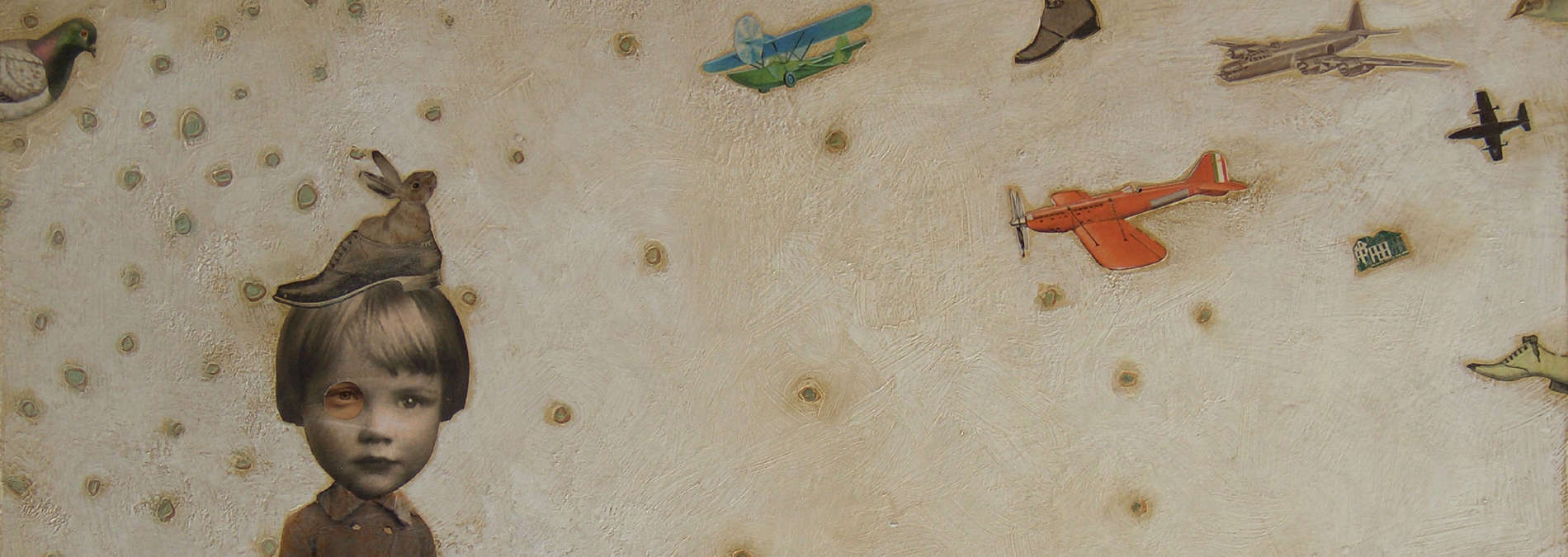The words in all Songs from the Book of Knowledge are excerpts taken from a 1939 Children’s Encyclopedia.
Music by Erica Harris
The Story of The American Pigeon, Cher Ami
Pigeons bred and trained for racing or for carrying messages are termed homing pigeons.They possess a remarkable sense of direction and can be trusted to return several hundred miles to their home lofts. Caesar used pigeons as messengers, and at the time of the crusades, there was a well established pigeon postal service. Thousands of homers are kept by clubs in America, and even more in Belgium for the sport of pigeon racing. A speed of 60 miles an hour over a course of 75 miles in not uncommon. 40 miles an hour is considered good speed over distances of 125 miles or more.
During the World War, where telephone and wireless communication was not possible, the services of these feathered messengers won for them the praise and admiration of the world. All the armies made use of them. At one point 12 miles behind the French lines, the British kept 60 pigeons housed in a London motor-bus. The outside had been roofed to form their cage, while the attendants, consisting of a chauffeur, trainer, and orderly, slept inside. A perch was cleverly arranged before the opening in the front, so that when the birds alighted on returning from their flight, an electric bell alerted the men inside, day or night. The pigeons were taken out to the trenches in baskets to serve as needed. If not used in 24 hours, they were released anyway with some message, to keep them in practice. Birds were always sent in couples with the same message, so if one happened to be killed, there would still be a chance of the message arriving safely. An American Pigeon, Cher Ami, brought help to the famous Lost Battalion of the 77th Division. They had written a message telling where they were and asking for help. This message they put in a little aluminum capsule, fastened it to the left leg of the pigeon, and opened the coop. Up Cher Ami rose until he was high enough, back to the American lines he flew, dropped into the coop there, and delivered the word which saved the battalion. Although seriously wounded when flying over the enemy firing line, he never wavered in his flight. They nursed him back to health and General Pershing gave the little hero a silver medal. When he died, his body was mounted and placed in the National Museum in Washington, D.C.
